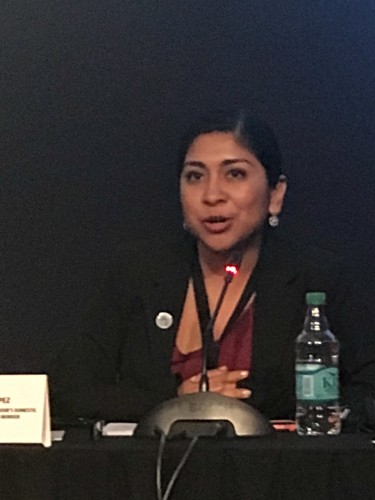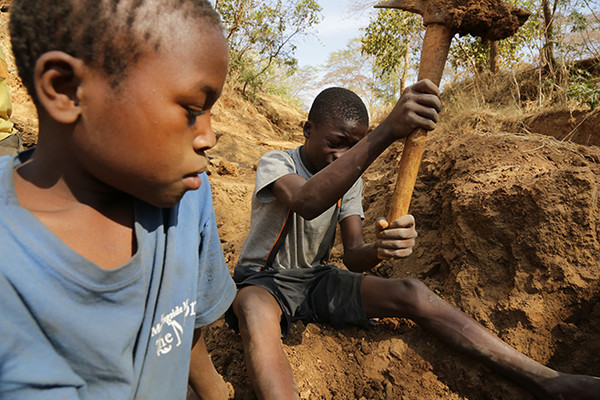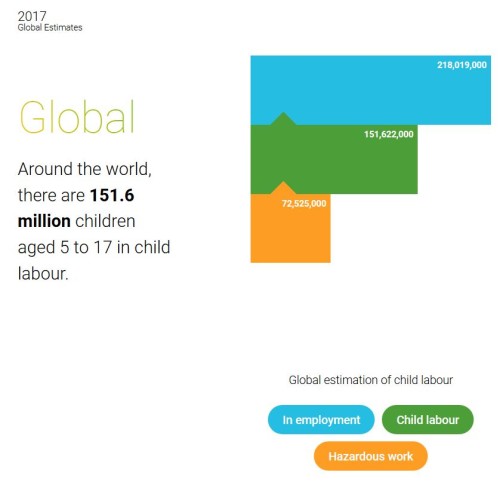New Estimate of Global Child Labor in 2024 (138 million): Progress Made, but Challenges Remain
Author: Michael Rivas
In commemoration of World Day Against Child Labor on June 12, 2025, the International Labor Organization (ILO) and the United Nations Children’s Emergency Fund (UNICEF) released their joint report on the status of global child labor. This report, titled Child Labour: Global estimates 2024, trends and the road forward, is part of both organizations’ broader research and data collection initiative. Issued once every four years, these estimates play a key role in directing child labor responses around the world.
The recent data from the 2024 report estimates that there are roughly 22 million fewer children engaging in child labor than there were in 2020. This means, in total, there are an estimated 138 million children engaged in child labor worldwide, with 54 million of them in “hazardous work” (defined as jeopardizing their health, safety, or development) in 2024.
The report notes this recent progress as “welcome news” amidst the fear of a continual increase in global child labor brought on by the COVID-19 pandemic in 2020. Historically, higher levels of socio-economic disparities correlate with an increase in child labor. However, the feared loss of progress did not materialize. While world governments did not meet their goal to end child labor globally by 2025, they have been able to return to a “path of progress.”
While all regions of the world have seen progress in lowering child labor, there remains large variations between regions. The report notes that significant progress was made in both Latin America and the Caribbean, as well as in Asia and the Pacific, with both regions showing an “absolute decline” in child labour. The Sub-Saharan region of Africa remains the most prevalent in terms of rates of child labor, with an estimated 87 million children engaging in child labor, accounting for nearly two-thirds of the global total. Progress in the region has remained stagnant as the population continues to rise, meaning the total number of children in child labor within the region has remained the same.
The report also emphasizes the gender disparities within child labor. As seen in past reports, trends of boys engaging in higher levels of child labor remain, with 9 percent of boys aged 5 through 17 in child labor, compared to 7 percent of girls. However, the report authors acknowledge an important caveat, namely that “…the child labour definition underlying it does not consider involvement in household chores within children’s own homes.” This is important to note, as girls are disproportionately found to be engaged in domestic work, which often goes unrecorded. Taking this into account, researchers state that the gender gap would reverse.
Within the recorded cases included in the report, the world continues to see specific economic sectors with prevalent levels of child labor. Specifically, the agricultural industry accounts for 61 percent of global child labor. Also of concern, hazardous work remains a grave issue across all sectors. In the industrial sector for example, more than 60 percent of all child labor is hazardous, and in the services sector, nearly half of all recorded child labor is hazardous.
These are just the cases that the report was able to track. Many of the worst forms of child labor—as defined in the Worst Forms of Child Labour Convention No. 182—remain complicated to track. As a result of their often hidden and sensitive nature, these cases of child labor continually remain underreported, and subsequently undercounted in the report’s findings.
Looking forward, both the ILO and UNICEF make the call for an increase in international effort towards eliminating child labor. While the abolition of child labor by 2025 was not met, both organizations remain committed to helping governments put an end to it within the near future. Eliminating child labor by 2030 would require “a pace of change that is 11 times faster than it has been in the last four years.” An accelerated pace of 7 times the current amount would meet the target by 2045, and a pace 4 times the present would meet the target by 2060. No matter the timeframe, it is evident that more work needs to be done to combat child labor in all its forms.
Addressing child labor requires constant vigilance from both governments, remediation organizations, and child labor advocacy groups. The ILO and UNICEF stress that governments must implement proper policy responses as well as establish or strengthen social protection systems. The report highlights the importance of fulfilling children’s human rights to quality education as critically important in combating child labor. Education is essential in both removing children from exploitative work, as well as in equipping them to avoid future violations of their rights. Report authors highlight how children working in child labor struggle to balance both school and work, sometimes causing students to drop out of school entirely, which can further push families into inter-generational cycles of poverty.
Lastly, UNICEF and the ILO have both expressed concerns over potential cuts to global funding, which could rollback some of the hard-earned gains in combating child labor. These funds not only aid in preventing the root causes of child labor, but also help fund research and data collection, which remains essential to creating strategies to address the issue. Now, as much as ever, there is a need for sustained and increased funding, instead of cuts towards child labor resources.
Sources:
Access the Child Labour: Global estimates 2024, trends and the road forward here
Michael Rivas is a graduate student at the University of Connecticut studying Human Rights and Political Science.

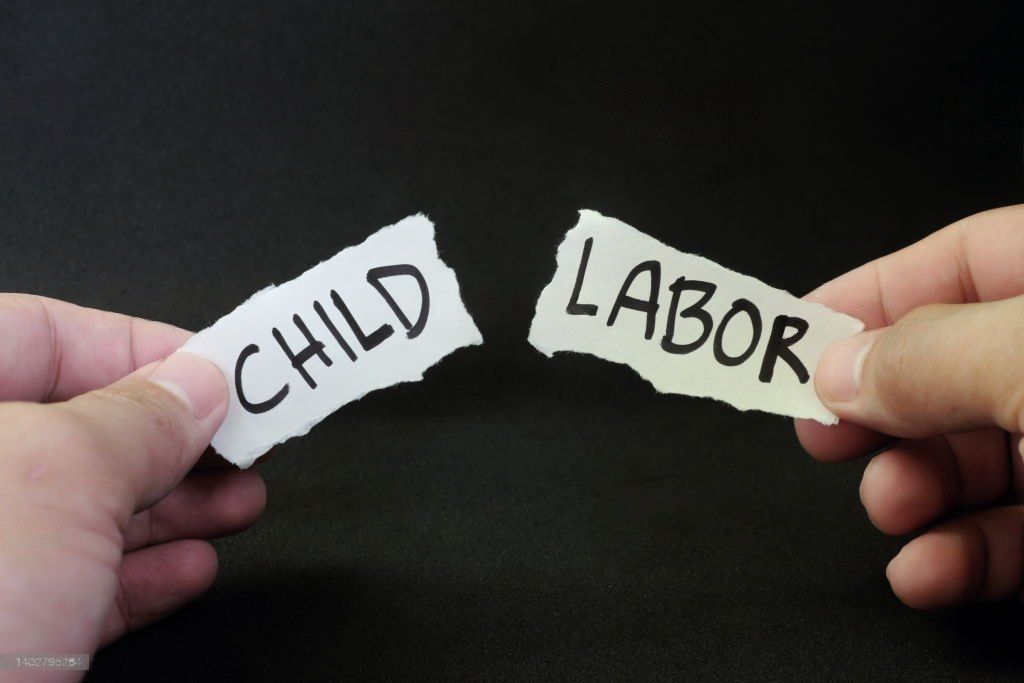
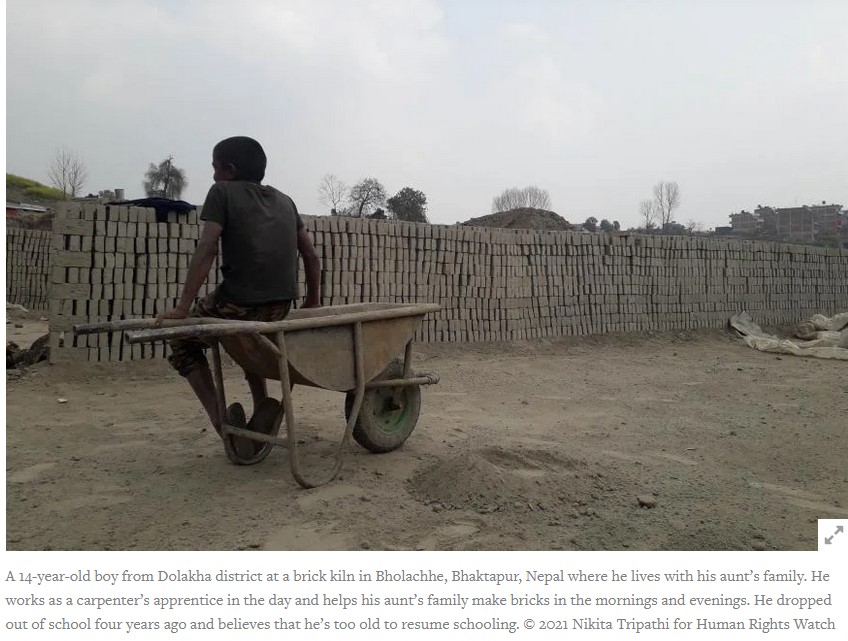 The children worked at brick kilns, carpet factories, gold mines, stone quarries, fisheries, in construction, and in agriculture. Others sold food or goods on the street. They described working long hours for meager wages, often under dangerous conditions. One 12-year-old girl crushed rocks at a stone quarry for seven hours a day. Her salary was just US$1.11 a week, she said, but if her employer was unhappy with the size of the stones, he paid her even less.
The children worked at brick kilns, carpet factories, gold mines, stone quarries, fisheries, in construction, and in agriculture. Others sold food or goods on the street. They described working long hours for meager wages, often under dangerous conditions. One 12-year-old girl crushed rocks at a stone quarry for seven hours a day. Her salary was just US$1.11 a week, she said, but if her employer was unhappy with the size of the stones, he paid her even less.